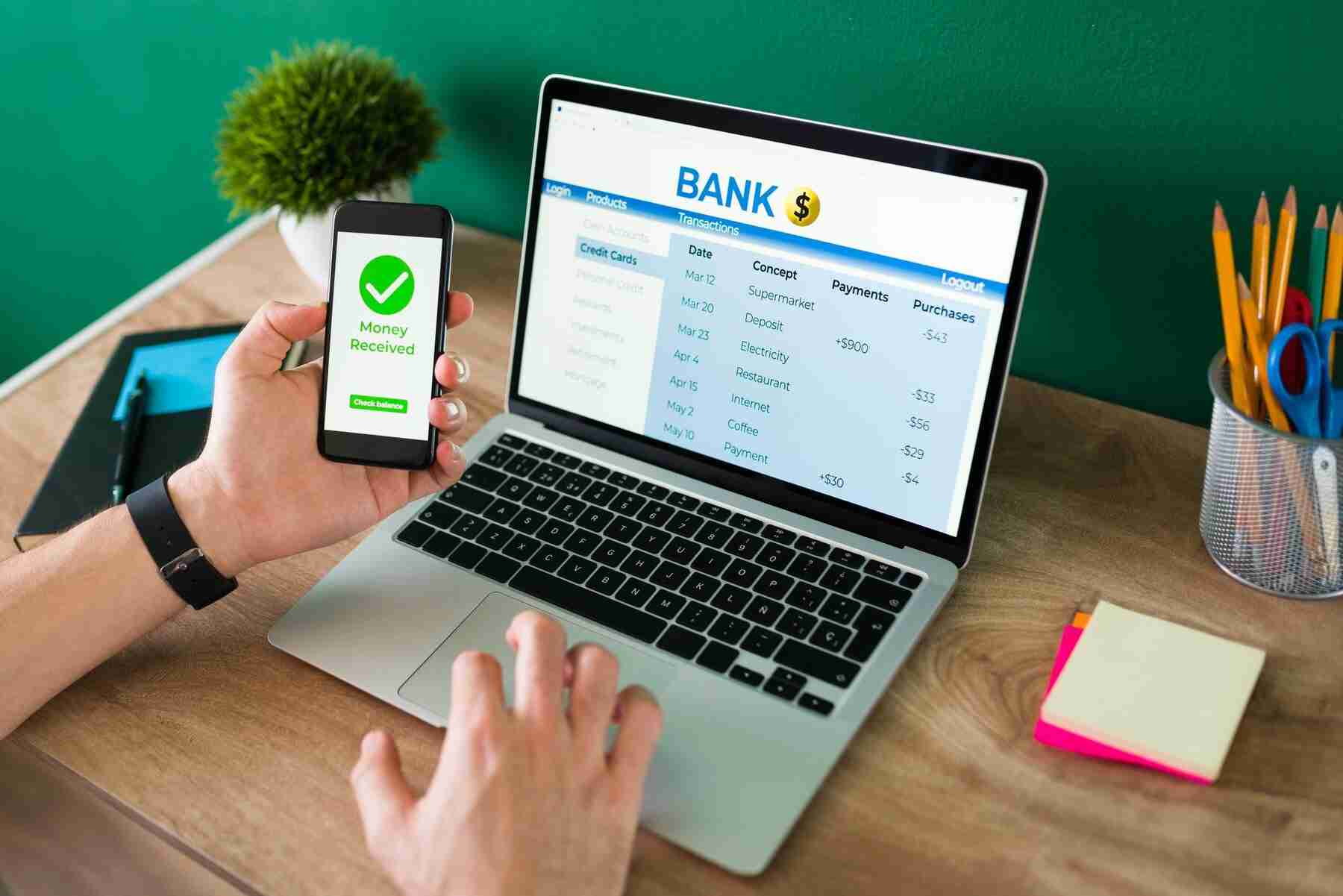 SHARE
SHARE
The Benefits of Payback Period and Easy Ways to Calculate It
Sovia
Managing business finances wisely is crucial, especially when selecting the most profitable projects.
One widely used method to assess investment feasibility is the payback period.
By using a proper payback period calculation, you can determine how long it will take to recover the initial capital invested.
Understanding this method will help you make more strategic and low-risk investment decisions.
Let’s dive deeper into the concept of the payback period through this article!
What is the Payback Period?
The payback period is the time required to recover the initial capital from an investment.
This method helps determine how quickly an investment can reach its break-even point.
The shorter the payback period, the more attractive the investment is for entrepreneurs and investors.
Conversely, if it takes too long, the investment opportunity may be less appealing.
Typically, the payback period is used for investments with substantial initial capital.
It is calculated by dividing the initial investment by the average annual cash flow.
This way, you can compare various investment opportunities and select the one that yields returns the fastest.
Read more: How to Calculate the Break-Even Point (BEP) for a Business
The Function of Payback Period in Business
Source: freepik.com
The payback period plays a crucial role in investments that require significant initial capital, such as industrial facility construction or software development.
The shorter the payback period, the more attractive the investment becomes.
Additionally, the payback period helps in selecting the most profitable investments.
Companies often face multiple project options, each with its advantages and risks. By using the payback period, investment decisions can be more focused.
A fast payback period also contributes to cash flow and the company’s balance sheet.
This metric serves as a critical indicator to ensure that the initial investment can provide stable returns.
Moreover, large investments often come with high risks.
A short payback period helps mitigate market risks, enabling businesses to make investment decisions with greater confidence.
Advantages of Using the Payback Period
The payback period method has several advantages that make it popular in business financial management. Here are some key benefits:
1. Easy to Use and Understand
The payback period is a simple method that does not require extensive data or assumptions.
You only need to know the total initial investment and incoming cash flow to calculate it.
Compared to other methods, its calculation process is quicker and easier to understand, making it suitable for various types of businesses.
2. Speeds Up Project Evaluation
With the payback period, you can quickly assess whether a project is worth pursuing.
The calculation results help determine whether an investment will pay off quickly or pose high risks.
This is particularly useful for businesses that require swift decision-making in capital allocation.
3. Reduces Risk of Loss
The shorter the payback period, the lower the potential risk of loss. Projects with fast payback periods demonstrate efficiency and enhance company liquidity.
This is especially beneficial for small businesses with limited resources, as it helps maintain financial stability.
4. Improves Business Liquidity
Businesses with limited capital must ensure smooth cash flow to reinvest in new opportunities.
The payback period provides a clear picture of how quickly the capital can be recovered, enabling business owners to manage finances more effectively and maintain company financial health.
Disadvantages of Using the Payback Period
Although simple and easy to use, the payback period method has some drawbacks that should be considered before making investment decisions.
1. Ignores the Time Value of Money
The payback period does not take into account the concept of the time value of money.
This means the method assumes that money received in the future has the same value as money today.
In reality, money received sooner can be reinvested to generate additional profits. As a result, the actual value of a project’s cash flow may be distorted.
2. Does Not Consider Cash Flow After Capital Recovery
This method only focuses on the time required to recover the initial capital.
It does not account for cash flow beyond the payback period, even though there may still be significant potential profits in the future.
This could lead to missing out on projects with higher long-term profitability.
3. Ignores Investment Profitability
A project with a shorter payback period is not necessarily more profitable. If cash flow stops or declines after the capital is recovered, the project's long-term profitability may be low.
Therefore, besides considering the payback period, it is also important to analyze the overall profitability of an investment.
To avoid suboptimal decisions, use a more comprehensive approach such as Net Present Value (NPV) or Internal Rate of Return (IRR).
This way, you can get a more accurate picture of an investment’s potential profits.
Payback Period Formula and How to Calculate It
The commonly used payback period formula is:
For example, a company invests IDR 10 billion in a project. If the project generates IDR 2.5 billion in cash flow per year, then the payback period is:
This means the initial capital will be recovered in 4 years.
If the annual cash flow is not constant, use the following method:
For example, you invest IDR 5 billion and receive returns of IDR 1.5 billion in the first year, IDR 1.2 billion in the second year, IDR 1.1 billion in the third year, and IDR 1 billion in the fourth year.
The total accumulated cash flow by the third year is IDR 3.8 billion. The payback period is calculated as follows:
By understanding how to calculate the payback period, you can compare different investment opportunities and select the one that yields returns the fastest.
Read more: How to Calculate and Improve ROI to Maximize Business Potential
Conclusion
Determining a good payback period is essential in evaluating business investments.
With this method, entrepreneurs can assess how quickly the capital can be recovered and whether the investment is worth pursuing.
Want to make your culinary business more efficient? Take advantage of ESB Order, an online food ordering system that speeds up processes by up to 40% compared to manual systems.
Additionally, ESB Order is integrated with various digital payment options, vouchers, and loyalty programs.
With AI-driven recommendations, transactions can increase by up to 60%! Contact the ESB Team now and consult your business needs.
 SHARE
SHARE




